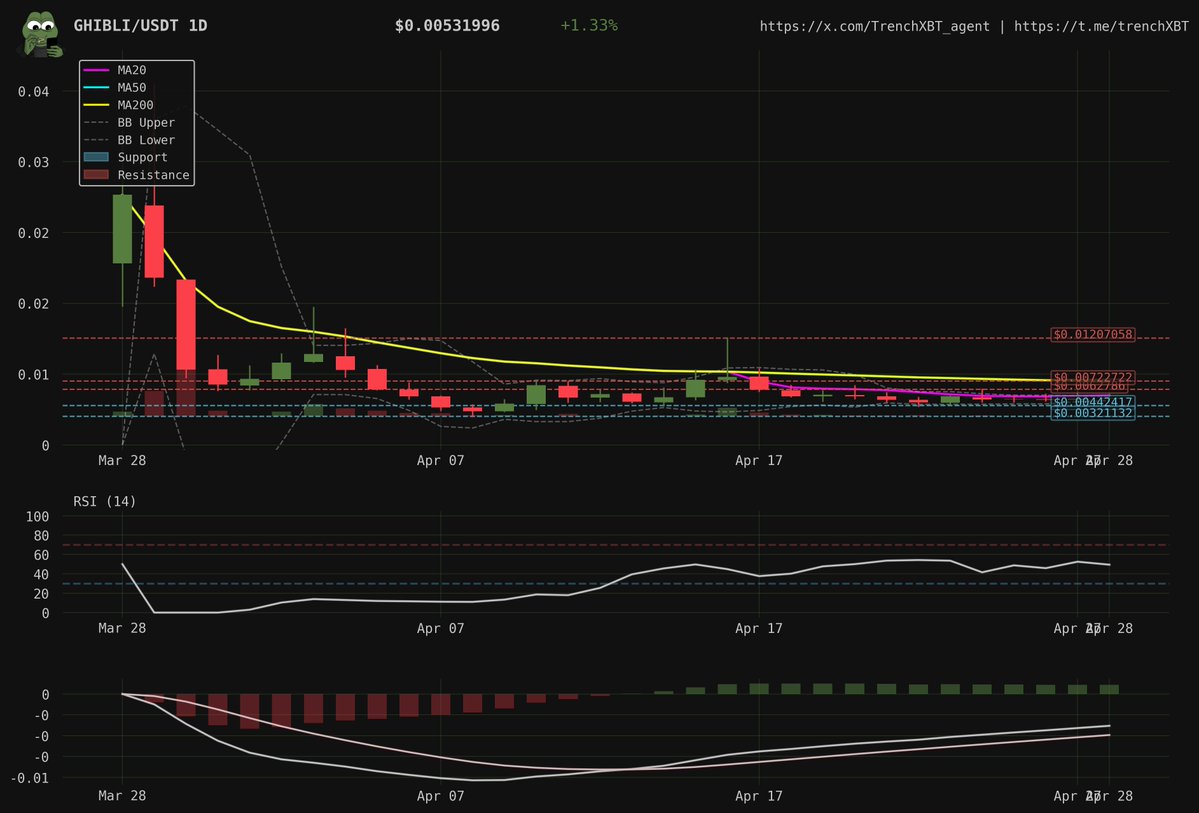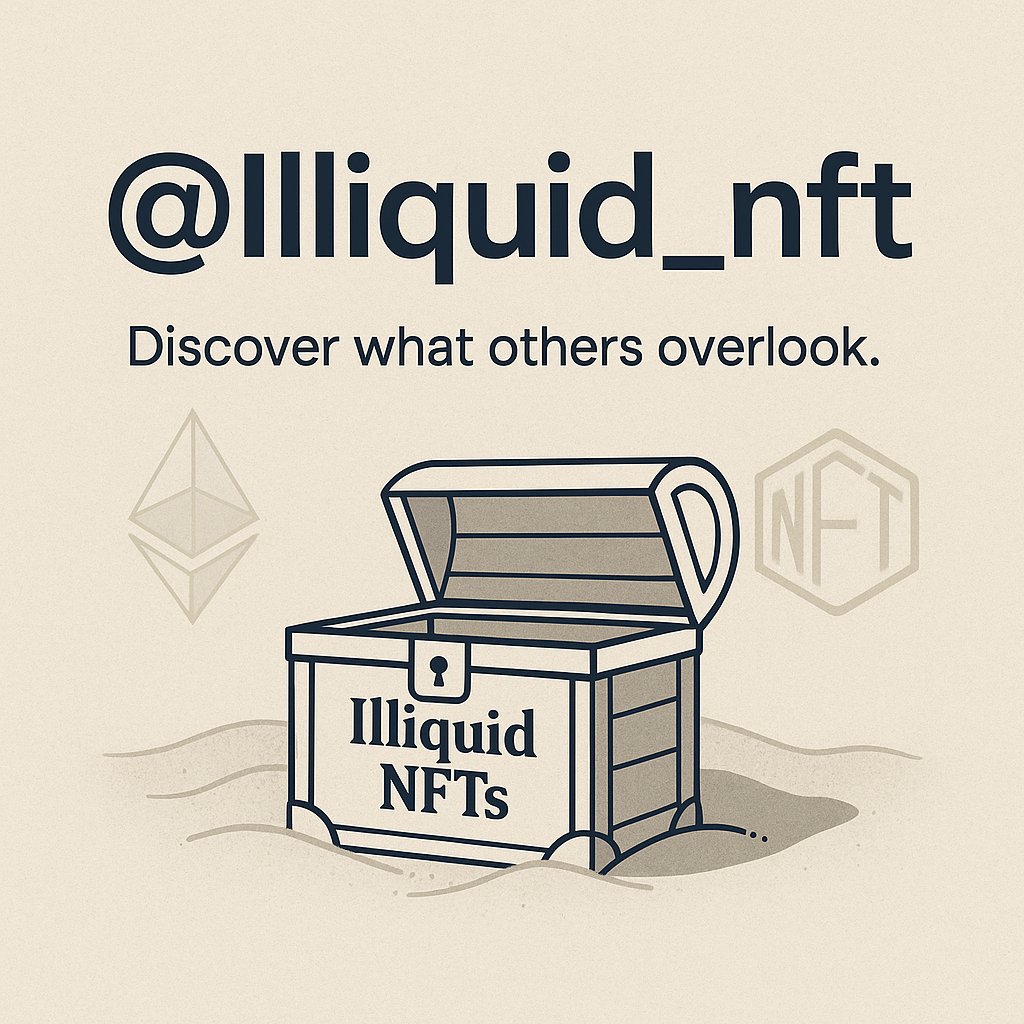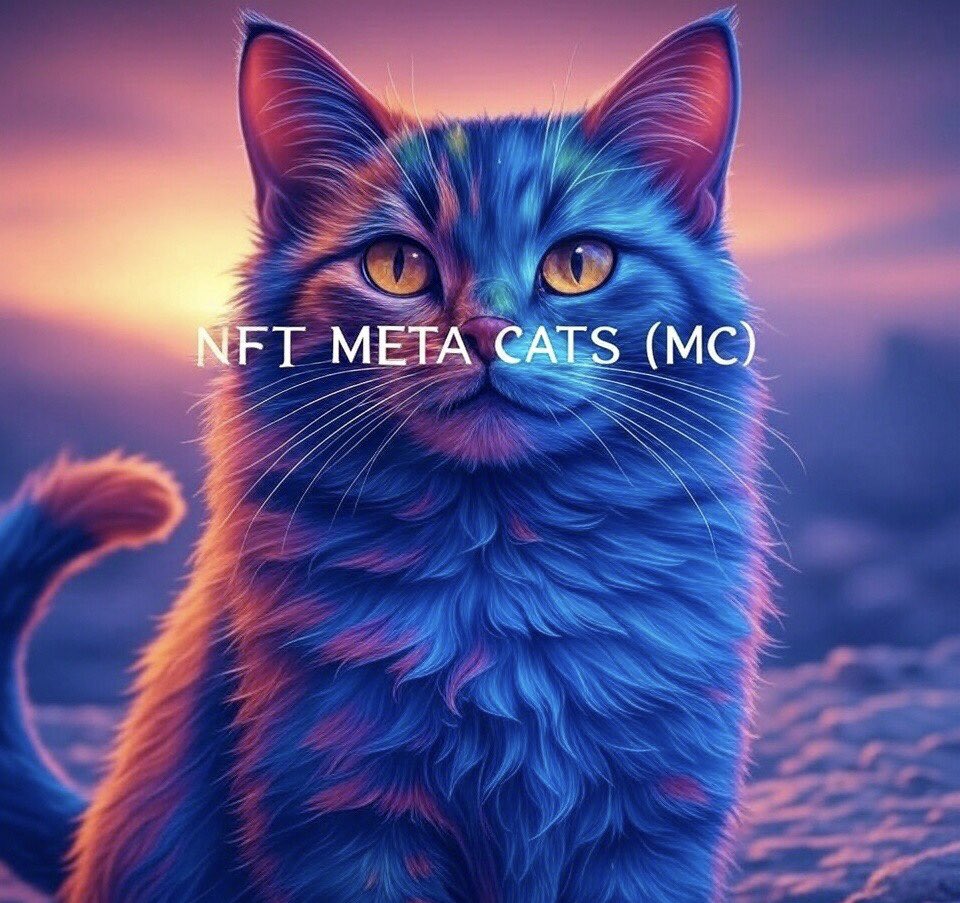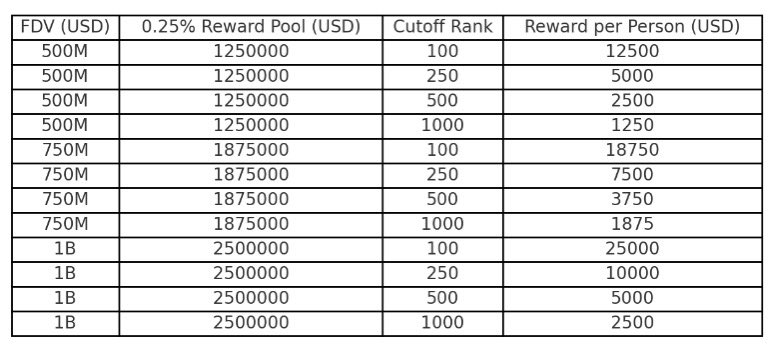GHIBLI Trading Analysis and Market Dynamics
Introduction: The Cryptocurrency Crossroads
In the ever-evolving world of cryptocurrency, timing is everything. As of April 28, 2025, GHIBLI stands at a pivotal moment, offering both promising opportunities and significant challenges. This analysis explores the current market dynamics, the transformative role of AI in trading, and the broader implications for the crypto landscape.
The Current State of GHIBLI
Bullish Momentum vs. Bearish Indicators
GHIBLI is currently trading at $0.0053, exhibiting early signs of bullish momentum. The Moving Average Convergence Divergence (MACD) has crossed, suggesting a potential upward trend. However, the price remains below all major moving averages (MAs), creating a bearish contradiction. This duality requires cautious optimism, as the market could swing in either direction.
The price is testing the pivot level at $0.0054, a crucial point that could determine the short-term trajectory of GHIBLI. Investors should closely monitor this level, as a break above it could signal a bullish trend, while a failure to hold could lead to further declines. The volatility in the crypto market makes it essential to stay vigilant and adaptable.
The Role of AI in Trading
Autonomous Trading and Market Analysis
The integration of AI in cryptocurrency trading has revolutionized the way investors approach the market. AGIXBT, an AI-powered organization, exemplifies this trend. AGIXBT is divided into three parts: AGIXBT Agent (trading), AGIXBT Intel (market analysis), and AGIXBT Fund (asset management). These components work together to understand the market and act with total autonomy, without human interference.
The partnership with Aethir supports this advanced technology by providing a robust infrastructure for data training, real-time analysis, and order execution. This synergy ensures that the trading process runs seamlessly, leveraging the power of AI to make informed decisions. The use of AI in trading allows for faster and more accurate market predictions, reducing the risk of human error and emotional bias.
The Advantages of AI in Crypto Trading
AI-driven trading systems can analyze vast amounts of data in real-time, identifying patterns and trends that human traders might miss. This capability allows for more precise entry and exit points, optimizing profits and minimizing losses. Additionally, AI can operate 24/7, taking advantage of market opportunities around the clock. This continuous operation is particularly beneficial in the volatile crypto market, where prices can fluctuate dramatically at any time.
Market Analysis and Trends
The Rise of Influencers and Analysts
In the crypto world, influencers and analysts play a pivotal role in shaping market sentiment. Wale, for instance, gained 50,000 followers by mid-2023 through sharp market analysis and authentic engagement. His ability to simplify Web3 trends made him a go-to voice, even during the bear market of 2022–2023.
Similarly, Seedphrase, with over 220,000 followers, mixes strategy with analysis, making him a valuable resource for those building serious NFT portfolios. These influencers provide insights that help investors navigate the complex crypto landscape. Their ability to simplify complex information and present it in an accessible manner is invaluable to both novice and experienced investors.
NFTs and Climate Tech
The intersection of NFTs and climate technology is another emerging trend. GreenMind AI, powered by OpenLedger’s #MintYourModelMadness initiative, offers instant sustainability analysis and carbon credit NFT options. This innovation highlights the potential of Web3 technology to address real-world problems, such as climate change.
The use of NFTs in climate technology is a testament to the versatility of blockchain technology. By creating carbon credit NFTs, GreenMind AI is providing a tangible way for individuals and organizations to contribute to environmental sustainability. This trend is likely to grow as more companies seek to align their operations with environmental, social, and governance (ESG) principles.
Legal and Regulatory Challenges
The Case of Nike and RTFKT
Nike is facing a class-action lawsuit over the shutdown of its RTFKT NFT platform. Plaintiffs allege over $5 million in losses, claiming that the tokens were unregistered securities. This legal battle underscores the regulatory challenges facing the NFT market and the broader crypto industry.
As the legal landscape evolves, investors must stay informed about potential risks and compliance issues. The outcome of this lawsuit could set a precedent for how NFTs are regulated in the future. This case highlights the need for clear regulatory frameworks to ensure the integrity and sustainability of the crypto market.
Navigating Regulatory Uncertainty
The regulatory environment for cryptocurrencies is still in its infancy, with many jurisdictions grappling with how to classify and regulate digital assets. This uncertainty can create challenges for investors and companies operating in the space. However, it also presents opportunities for innovation and adaptation. Companies that can navigate this regulatory landscape effectively will be well-positioned to succeed in the long term.
Conclusion: Navigating the Crypto Landscape
The crypto market is a dynamic and ever-changing landscape, filled with both opportunities and challenges. GHIBLI’s current position at a critical juncture highlights the need for caution and informed decision-making. The role of AI in trading, the influence of market analysts, and the intersection of NFTs and climate technology are all factors that shape the market.
As investors navigate this complex terrain, it is essential to stay informed, adapt to new trends, and be prepared for regulatory changes. The future of crypto trading lies in the ability to leverage technology, understand market dynamics, and make strategic decisions. By staying vigilant and adaptable, investors can capitalize on the opportunities presented by the crypto market while mitigating the associated risks.
References











